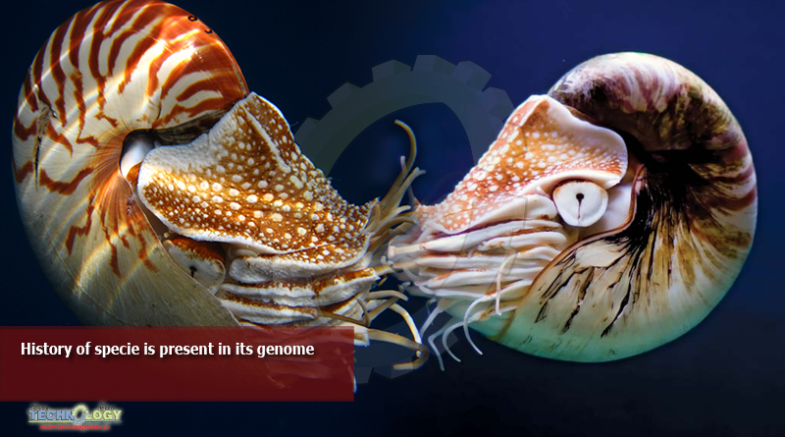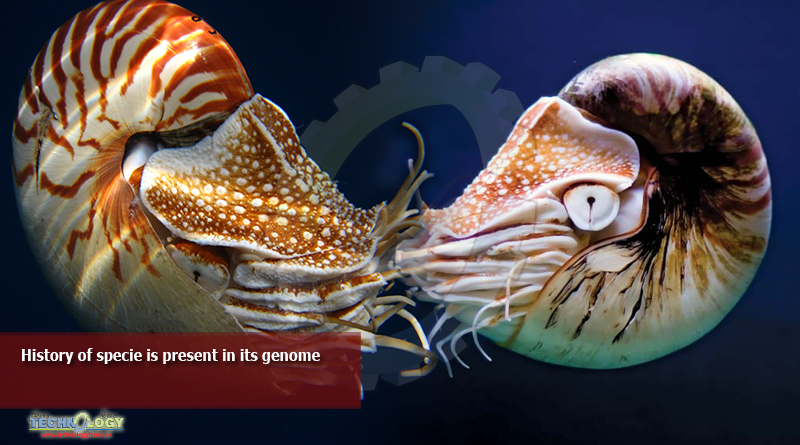History of specie is all dependent upon its genome which can be achieved through genome sequencing and highlights the evolution process

De novo plant or animal sequencing is a first step toward understanding the genetic underpinnings of an organism’s traits and interactions with the environment. Assign map positions and stack breed information for subsequent re-sequencing to discover single nucleotide polymorphisms (SNPs) and other genetic.
The sequencing story of squirrel started with the dead body of Sciurus vulgaris, a red squirrel found in the garden of some person living in Formby. And then KatFingland, a Ph.D. student from Nottingham Trent University, dissected this squirrel isolated the spleen and sent it to the laboratory in Cambridge. After months Finland isolated the spleen of gray squirrel called gray squirrel, Sciurus carolinensis and sent to the same Cambridge laboratory.
Both squirrels provided the DNA, and then the whole genome of the squirrel was sequenced for the first time in history. the Welcome Sanger Institute announced this news. And then the question was asked by the community why they choose squirrel for sequencing. Rob Ogden, head of conservation genetics at the University of Edinburgh said that ‘Red squirrels are embedded within our cultural psyche’.
The grays were imported from America in the 19th century to embellish the splendid parklands of English nobles. Then rapidly reproducing grays have hard-pressed the smaller red squirrels.
According to the present figure, there are 2 million gray squirrels in Britain and the red squirrel was reduced to 140,000. Mark Blaxter, who leads the Welcome Sanger Institute’s Tree of Life genomics program said that ‘the red scholars are like the poster child for iconic species.
Genome sequencing of squirrel gives a new way to researchers. Sequencing could be used to determine the cause of gray squirrel infertility and also used to determined that red squirrel can be reintroduced into a region where they are in reduced numbers. By comparing different parts of the genome to determine the structural similarity of different regions squirrels.
‘History of specie is present in its genome’
DNA is highly conserved so two different region’s squirrels might be closely related. More than 200 genome sequences of squirrels can be used for research purposes in the whole world. The squirrels who are dead or living their DNA will live forever.
Currently, scientists have only sequenced the genomes of about 3,500 species of complex life and only about 100 have been sequenced at “reference quality” which is used for in-depth research
